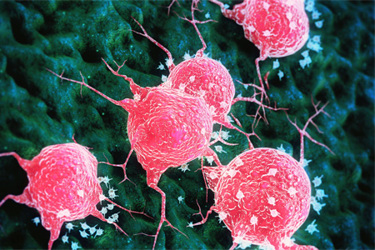AI-Driven Spatial Proteomics Reveals Immune Diversity In 4T1 Tumor Model

This content is brought to you by Leica Microsystems, a Danaher Operating Company.
Explore AI-driven spatial proteomics to investigate the tumor-immune microenvironment in 4T1 murine mammary tumors, focusing on immune population diversity and necrotic region dynamics. Employing Cell DIVE multiplexed imaging with a 25-biomarker panel, researchers analyzed formalin-fixed, paraffin-embedded (FFPE) tissue, identifying heterogeneous immune cells, including T cell subsets, M2-like macrophages, and dendritic cells.
Unsupervised clustering and dimensionality reduction revealed the spatial organization of immune cells and their interactions with tumor regions. The study found immune checkpoint and regulatory markers, such as FoxP3 and CTLA4, enriched within regulatory T cells and pro-tumor macrophages near necrotic and hypoxic areas. Glut1 expression, indicative of tumor hypoxia, along with vascular markers (SMA and CD31), were observed at necrotic boundaries, suggesting increased vascularization and a supportive pro-tumor environment.
By defining necrotic region boundaries, the research highlighted the proximity of immune suppressive cells and vascular features to these regions, illustrating the role of necrosis in shaping the tumor microenvironment. These findings suggest that necrotic areas not only result from aggressive tumors but also contribute to their progression and therapeutic resistance.
This work underscores the importance of spatially contextualized immune profiling for understanding tumor dynamics. Insights from this study provide a foundation for developing therapeutic strategies targeting necrotic signaling and immune regulatory mechanisms to improve treatment outcomes in breast cancer.
Get unlimited access to:
Enter your credentials below to log in. Not yet a member of Bioprocess Online? Subscribe today.
